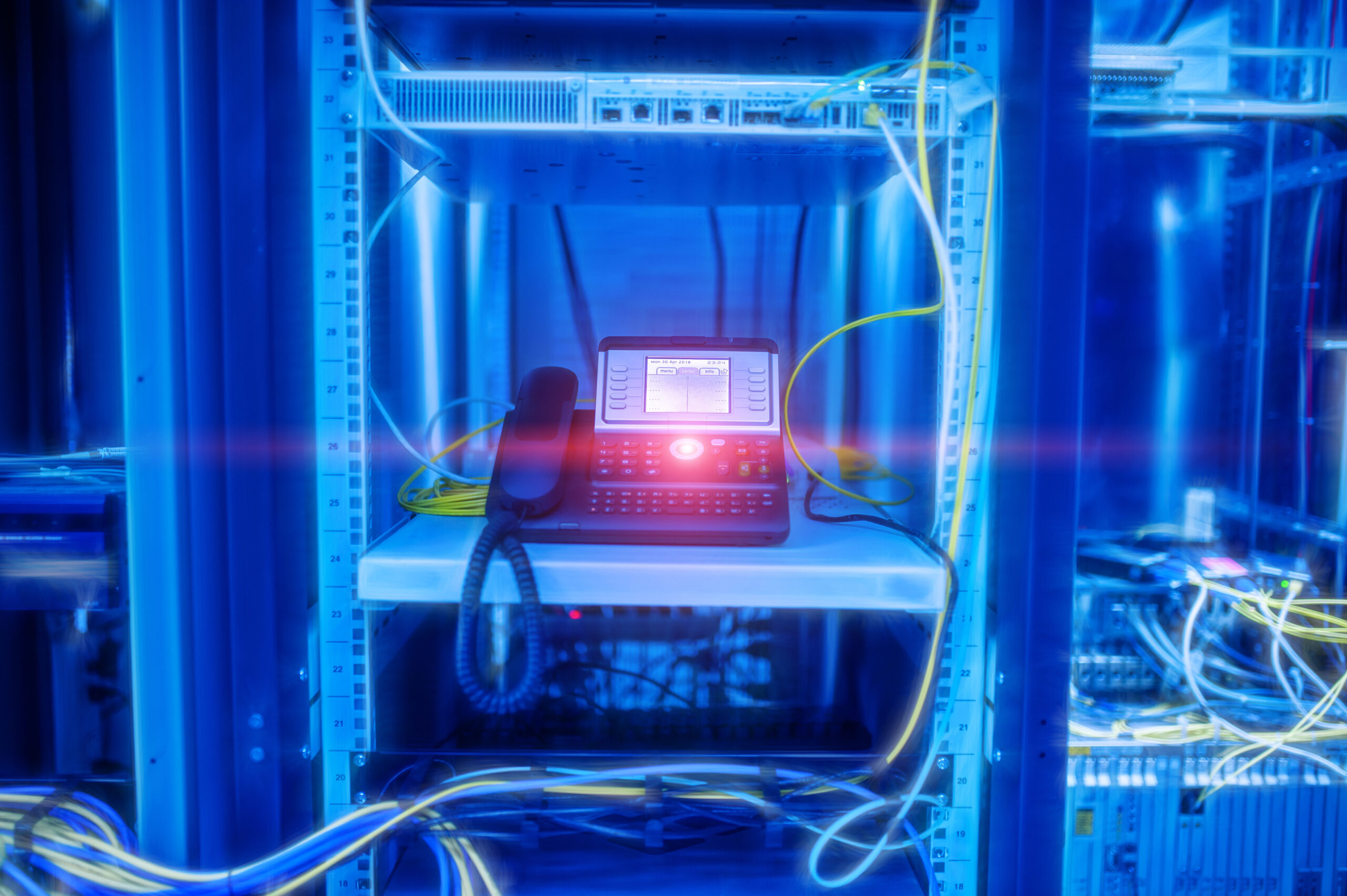The value of remote IT infrastructure monitoring and management

It is well known that technology is currently one of the most important drivers enabling the competitiveness of organizations. Virtually all services that make a company operate rely on various technological components. Effective IT infrastructure monitoring and remote management are crucial for ensuring these components function properly and maintaining the continuity of an organization’s operations.
IT services and infrastructure, in particular, are vital. However, the degradation or failure of any of their components can lead to situations such as:
- Reduced productivity
- Non-compliance with service level agreements
- Loss of customers
- Economic losses
- Payment of fines
- Poor corporate image
- Disappearance of the organization
As the dependency on IT services and infrastructure increases, there is consequently a greater need for them to work optimally and continuously. But since they can fail, it is necessary to find ways to minimize the impact of these failures.
How to ensure continuity of operations
A widely used strategy in organizations is proactive monitoring of IT infrastructure, services, and applications. This means shifting from a reactive model to a preventive one.
But how does proactive monitoring help you?
- Visualize the health of your infrastructure in real-time
- Prevent and/or minimize failures and their impact on services
- Communicate degradations promptly
- Generate information for decision-making
Alternatives for IT infrastructure monitoring and remote management
1. In-house Model
An organization can choose to have its own monitoring and management tools and operate them with internal resources. In this model, the organization must cover all expenses for tools, specialized personnel in different technologies, training, implementation, and generating its own service model that must include personnel coverage, infrastructure management, and proprietary tools.
2. Outsourcing the Service
The second option is to delegate this critical activity to a specialized provider. Besides managing all the aforementioned aspects, the provider can add high-impact value with the following features:
- OpEx model
- Standardization and use of best practices
- Trained personnel dedicated to 24/7 monitoring
- Second-level support in different technologies
- Use of specialized tools
- Proper alert design and assurance in response
- SLA compliance
- Delivery of reports and improvement recommendations
- Possibility to include remote infrastructure management as part of the service
In conclusion, the service of monitoring and remote management of IT infrastructure is a critical component in the operation of any organization. Proactive implementation can generate enormous benefits. At icorp, we can help you implement it contact us today.
This article has been translated using AI and may include errors.






